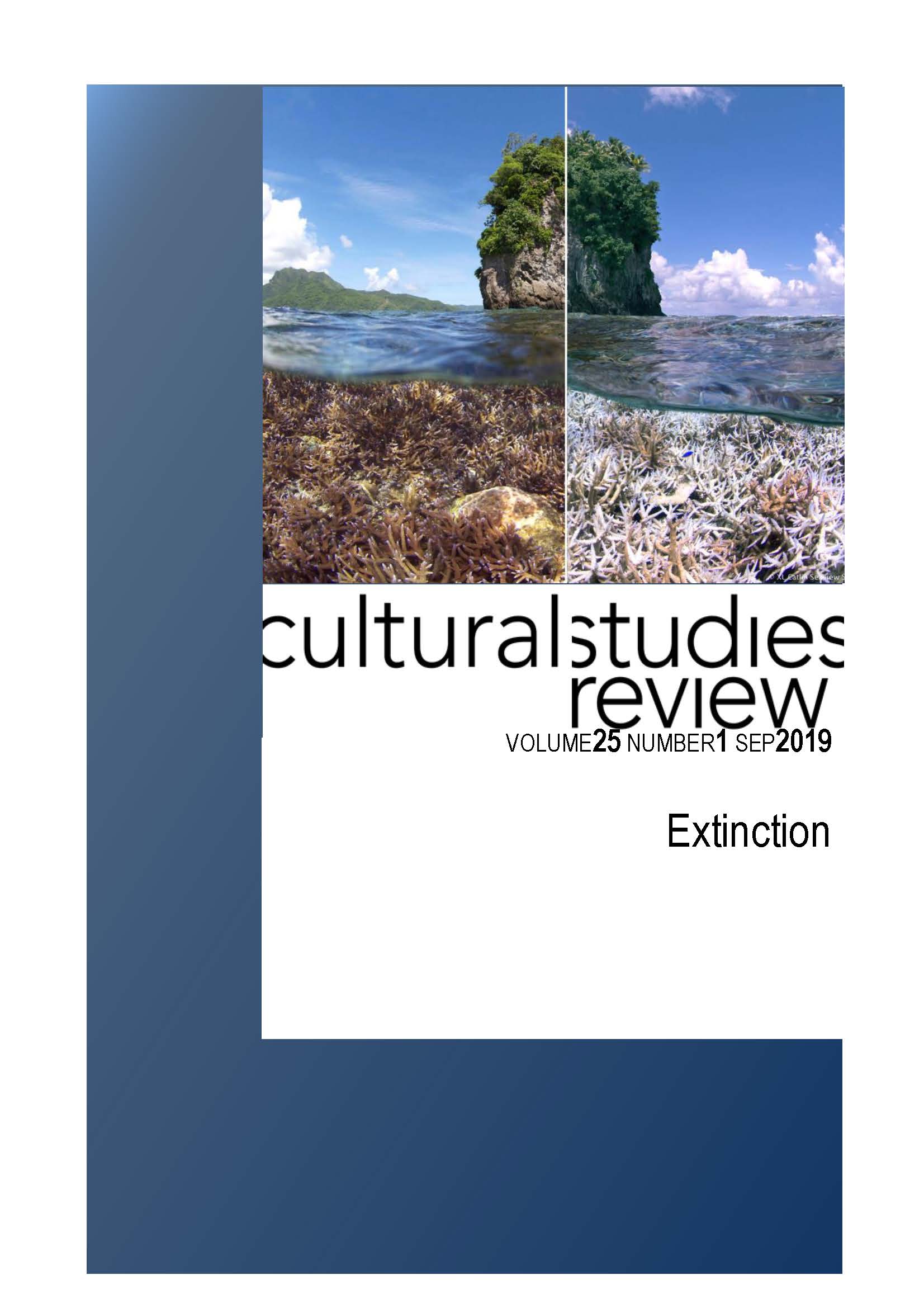Exhibiting Extinction: Martha and the Monument, Two Modes of Remembering Nature Martha and the Monument, Two Modes of Remembering Nature
Main Article Content
Abstract
Whether stuffed remains in a museum case, inscribed tombstone, or stone wall perched on a cliff, memorials to extinct animals are timestamps representing human-animal relationships at particular moments in time. This essay analyzes the rhetoric and imagery of historical extinctions as seen in these memorials to understand the ways people struggled to understand the loss. Through examination of memorials to extinct species in U.S. museums, parks, and zoos my research has revealed a continuous struggle to identify the personhood of animals, define human-animal interactions, and locate human responsibility for environmental change.
While each memorial mimics remembrance practices used for humans and human events, they differ in their acknowledgement of the individuality and the agency of its extinction which, in turn, often denies agency to the animal. Steeped as they are in Romantic-era notions of wildness, these memorials can be read as parables of environmentalism, but in their conceptualization of the animal, they instruct us in the varieties of human-animal interactions and representations within the environmental movement at different times and places, making them more complex spaces than their simplicity suggests. While memorials present only a slice of the story, the memories they create and reinforce become part of the cultural ways of dealing with extinction that is often more popular and more poignant than historical narratives documenting their declines. At its core, my research adds to the literature on constructions of Nature in American culture by connecting 19th-century declension narratives with 20th-century extinctions, and problematizes the American ideology of abundance.
Article Details
Section
Authors who publish with this journal agree to the following terms:
a) Authors retain copyright and grant the journal right of first publication with the work simultaneously licensed undera Creative Commons Attribution License that allows others to share and adapt the work with an acknowledgement of the work's authorship and initial publication in this journal.
b) Authors are able to enter into separate, additional contractual arrangements for the non-exclusive distribution of the journal's published version of the work (e.g., post it to an institutional repository or publish it in a book), with an acknowledgement of its initial publication in this journal.
c) Authors are permitted and encouraged to post their work online (e.g., in institutional repositories or on their website) prior to and during the submission process, as it can lead to productive exchanges, as well as earlier and greater citation of published work (See The Open Access Citation Advantage Service). Where authors include such a work in an institutional repository or on their website (ie. a copy of a work which has been published in a UTS ePRESS journal, or a pre-print or post-print version of that work), we request that they include a statement that acknowledges the UTS ePRESS publication including the name of the journal, the volume number and a web-link to the journal item.
d) Authors should be aware that the Creative Commons Attribution (CC-BY) License permits readers to share (copy and redistribute the work in any medium or format) and adapt (remix, transform, and build upon the work) for any purpose, even commercially, provided they also give appropriate credit to the work, provide a link to the license, and indicate if changes were made. They may do these things in any reasonable manner, but not in any way that suggests you or your publisher endorses their use.
